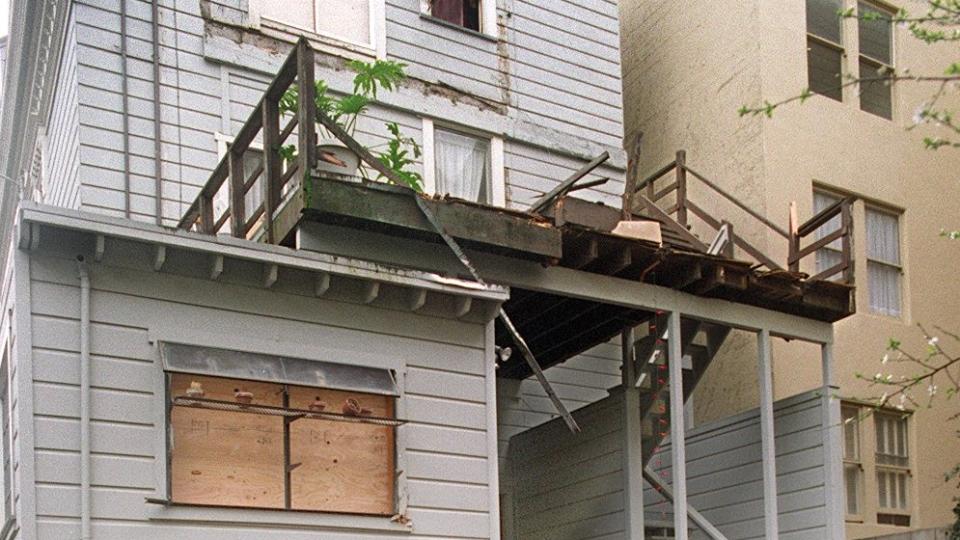Ready to schedule your Section 604 inspection? At DrBalcony, we specialize in providing thorough, reliable balcony inspections throughout California. Contact...
Read MoreThe Impact of SB721 on Balcony Designs in California

Unveiling the SB721 Impact on Balcony Designs
Moving forward, that chilly breeze and morning sunrise from your balcony might come with a slight twist. Why so? Well, it’s all thanks to the new California Senate Bill 721 or, as it’s fondly known, the Balcony Bill. This dynamic piece of legislation makes waves in the world of balcony designs, and this article is here to unpack the seismic shift in detail.
For those blissfully unaware, SB721 brings fundamental changes for homeowners, property managers, and Homeowners Associations (HOAs) alike. Far from being a mere cosmetic change, it delivers added safety and security features tied to every Californian’s favorite chill spot – the balcony.
The Nitty-Gritty of SB721 Balcony Designs
Not one to beat around the bush, let’s dive right into what this bill entails. Enacted on January 1, 2019, SB721 targets multi-family buildings with three or more units. The new law mandates inspections of “exterior elevated elements,” essentially balconies, decks, and stairs, ensuring their structural safety and integrity.
Although perceived by some as a bothersome red-tape bureaucratic endeavor, this is about as far from the truth as it gets. The trigger was the unfortunate Berkeley incident where six people lost their lives due to a balcony collapse in 2015. The tragic event served as a wake-up call to prevent similar incidents in the future.
The Heart of the Matter: How SB721 Alters Balcony Designs
With safety at its core, how does SB721 touch upon balcony designs? It’s not rocket science, but simple common sense, really. The larger goal is longevity and reduced risks of structural failure. You’ll see a greater emphasis on weather-resistant materials and architectural tweaks to fend off water pooling, which can accelerate structural decay.
This extends beyond the mere aesthetic element to ensuring that the balcony stands firm, no matter what Mother Nature throws at it. Some might argue that this infringes on their creative liberties, but when safety is at stake, it’s a small price to pay for peace of mind.
Conclusion: SB721 - A Wise Move or Hurdle?
Depends on how you see it. Yes, there might be a few hoops to jump through and the occasional hiccup in implementing these changes. But hey, isn’t that what growth is all about? Once adjusted, we believe that SB721 will remarkably revolutionize balcony designs, making them safer while introducing an innovative blend of aesthetics that aligns with functional requirements.
With time, we trust that homeowners, property managers, and HOAs will appreciate these alterations, recognizing that they are not just forced legislative changes but vital steps towards greater security and enhanced living experiences.
Q&A Time: Wrap Your Head Around SB721 Balcony Designs
Q1: Is SB721 applicable to all buildings in California?
No, SB721 specifically targets multi-family buildings with three or more units.
Q2: When does SB721 require the first inspection to be completed by?
The initial inspection must be carried out by the end of January 2025.
Q3: Who bears the cost of inspection under SB721?
The cost of inspection falls to the building owner, which could mean increased common charges for homeowners in condos or co-ops.
Similar Blogs
Section 604 Inspection Frequency: How Often Are They Required in SF?
This blog dives into the details of Section 604 inspection requirements, exploring how often they’re needed and what you should...
Read MoreHandling Non-Compliance After a Section 604 Inspection in San Francisco
Non-compliance after a Section 604 inspection can feel overwhelming, but it's important to address issues promptly to ensure safety, maintain...
Read More


